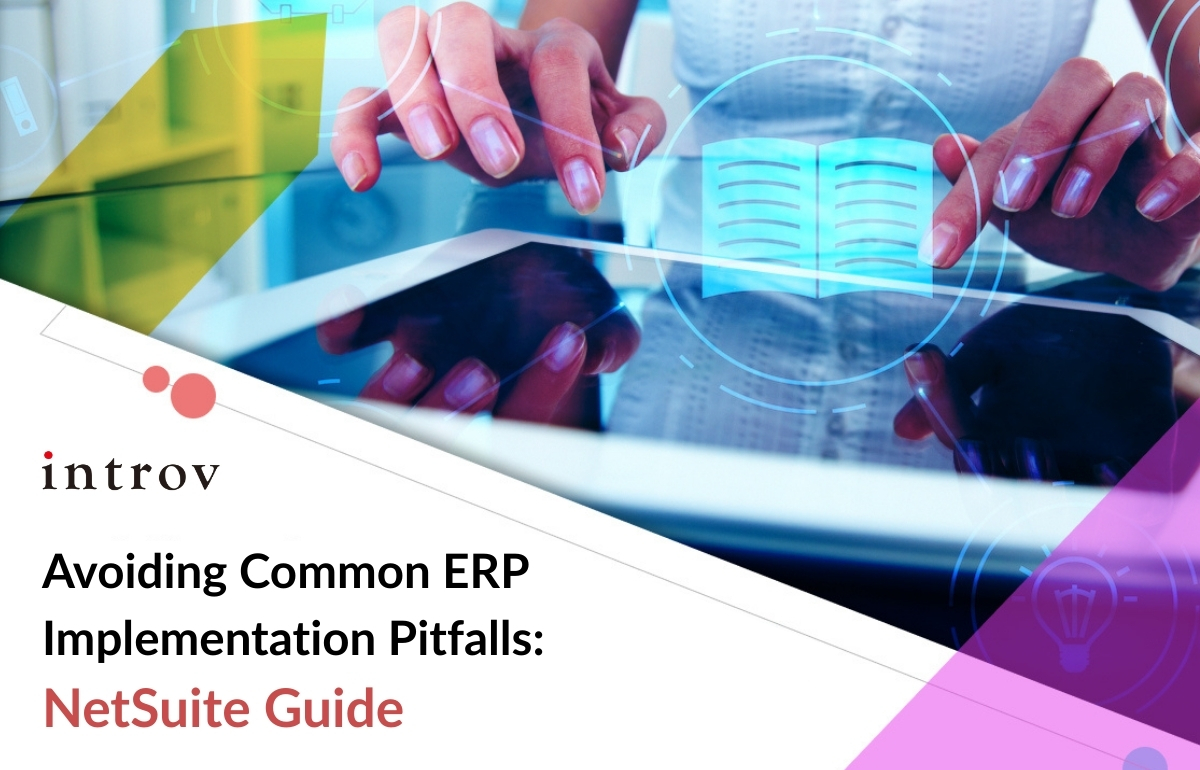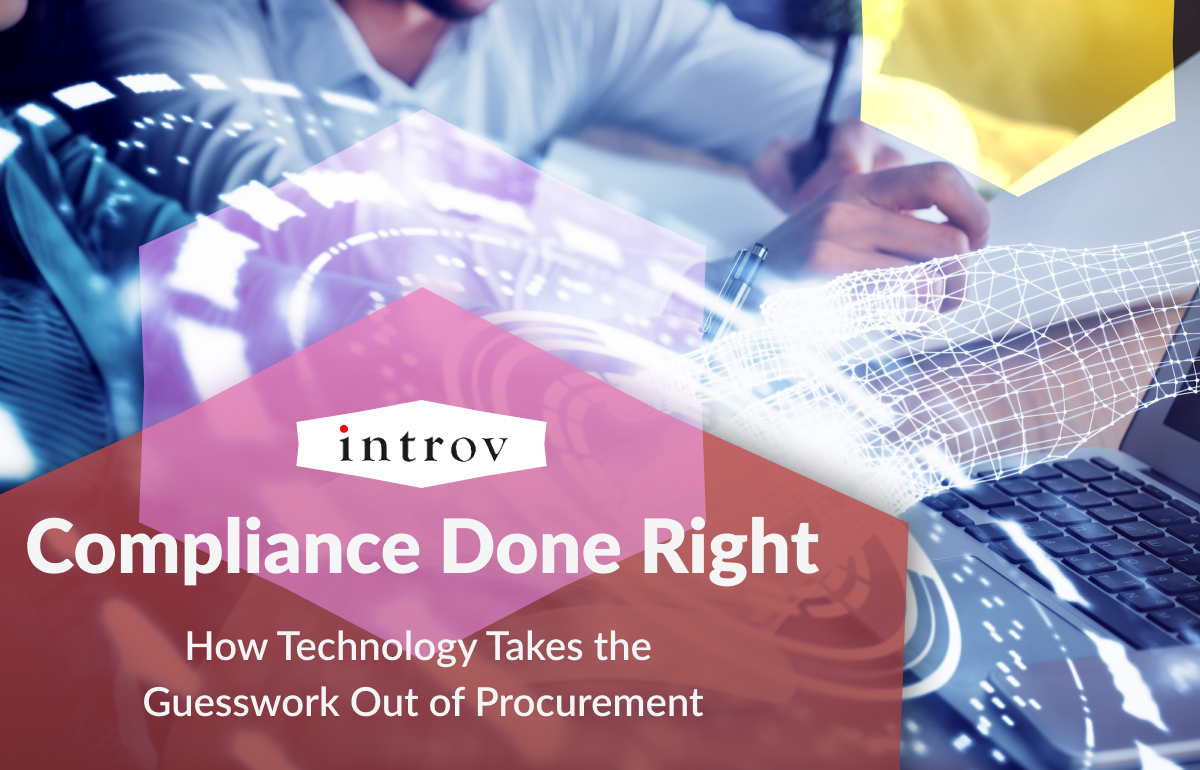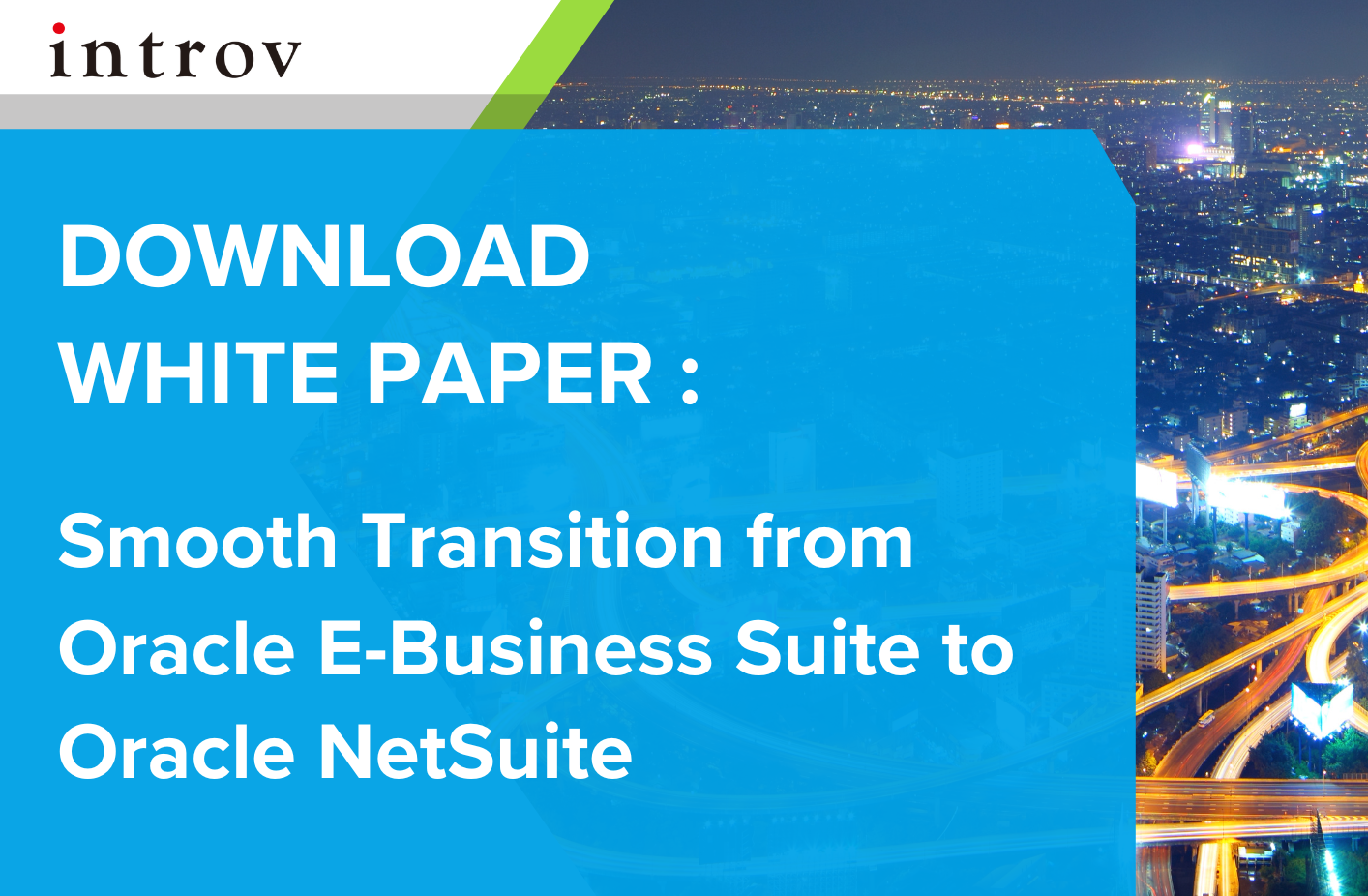In a fast-paced, competitive business environment, every minute counts. The vendor you choose isn’t just a service provider—it’s a strategic partner that can fuel your business’s growth. Yet too many companies get bogged down by an overly complicated Request for Proposal (RFP) process that drains time, creates miscommunication, and ultimately leaves quality vendors out of the picture.
What if you could reimagine your RFP process into a streamlined engine of strategic decision-making? By leveraging modern technology and rethinking your approach, you can win the RFP game, securing top vendors without the usual hassle.
Understanding the RFP Battlefield
The traditional RFP journey often feels like an endless maze. Organizations wrestle with:
- Overly Complex Documentation: Lengthy, ambiguous RFPs often do more to confuse vendors than clarify the project vision.
- Fragmented Communication: Multiple email threads and file versions create a disconnect between what is asked and what’s ultimately delivered.
- Tedious Evaluation: A lack of standardized criteria forces decision-makers into subjective judgments, delaying consensus and diminishing quality.
Every moment lost not only delays the process but also risks alienating premier vendors. These challenges underscore a broader truth: inefficiency in procurement isn’t just a minor annoyance—it’s a strategic liability.
The Art and Science Behind a Winning RFP
Transforming your RFP process starts with embracing both discipline and creativity. Think of it as the perfect blend of art and science—a process that balances precision with vision.
1. Start with Crystal-Clear Objectives
Before drafting your RFP, ask yourself:
- What are the critical outcomes?
- How does this project align with your strategic goals?
- What value can a vendor deliver beyond the basic requirements?
By crystallizing your objectives, you create an RFP that not only describes the project but inspires vendors to present their best solutions. Clear guidelines and detailed scope help distinguish the professionals from the amateurs.
2. Structure and Standardize Communication
Efficient communication is the backbone of a successful RFP. Instead of drowning in email threads:
- Centralize All Interactions: Use a unified digital platform where every query, update, and document is stored in one place.
- Establish a Clear Timeline: Outline key milestones—submission deadlines, evaluation periods, and decision dates—to keep everyone accountable.
- Utilize Pre-Defined Templates: These ensure consistency, reduce ambiguity, and provide a solid basis for comparing vendor responses.
A streamlined communication process not only shortens the cycle time but also builds trust and engagement with potential vendors.
3. Embrace Data-Driven Evaluations
In the digital age, decisions must be guided by insights and analytics. Implement a robust scoring matrix that weighs:
- Pricing and cost-effectiveness
- Technical capability and innovation
- Track record and reliability
- Alignment with company values and goals
Standardizing these criteria transforms the evaluation phase from a subjective debate into a fair, data-backed decision-making process. This way, top vendors naturally rise to the top, and you can make informed decisions with confidence.
How Anchor Supercharges Your RFP Process
Imagine having a partner that seamlessly integrates with your procurement infrastructure and turns these ideas into action. Anchor is that partner—a smart procurement solution specifically designed to revitalize your RFP journey.
Anchor’s Core Advantages:
- Automated Workflows: Eliminate redundant manual tasks with features that allow you to draft, distribute, and manage RFPs with just a few clicks. Automation accelerates approvals and ensures every step is documented.
- Centralized Interaction Hub: Keep all vendor communications in one secure, accessible location. This not only speeds up follow-ups but also minimizes the risk of miscommunication.
- Real-Time Analytics and Reporting: With built-in dashboards, track vendor responses, evaluate performance metrics, and gain actionable insights throughout the RFP cycle.
- Standardized Evaluation Tools: Anchor’s scoring and comparison tools let you set pre-defined criteria, ensuring that every proposal is measured against your strategic objectives fairly.
By embracing Anchor, companies have reported cutting RFP cycle times by nearly 40%, elevating their ability to pivot quickly in a competitive market. Imagine the impact on your business if you could consistently secure the vendor that not only meets but exceeds your expectations—without unnecessary delays.
Beyond Efficiency: Achieving a Strategic Edge
A refined RFP process isn’t merely about operational efficiency. When done right, it becomes a strategic advantage:
- Building Lasting Partnerships: A clear, transparent, and efficient RFP process attracts top-tier vendors who are eager to collaborate, invest in the relationship, and contribute to long-term business success.
- Fostering Innovation: By setting high standards and clear objectives, you encourage vendors to bring innovative solutions to the table—solutions that can disrupt industry norms and give your business a competitive edge.
- Enhancing Agility: With a streamlined process, your business becomes capable of adapting swiftly to market changes, responding to new opportunities, and mitigating risks more effectively.
The RFP process does not have to be a bureaucratic hurdle. With a thoughtful approach, clear objectives, and the right digital tools, you can transform it into a powerful mechanism for growth. Anchor exemplifies the modern, smart procurement tool that not only visits efficiency improvements but establishes your business as a desirable partner for the very best vendors.
If you’re ready to stop wasting time and start winning the RFP game, it’s time to embrace a smarter, more efficient approach.









